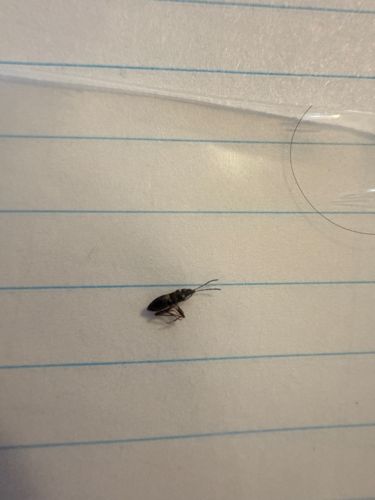Ant
Scientific Name: Formicidae
Order & Family: Hymenoptera, Formicidae
Size: 1 mm to 30 mm (0.04 to 1.2 inches), depending on the species.

Natural Habitat
Ants are found in almost all terrestrial habitats around the world, except Antarctica and a few remote islands. They build nests in soil, under rocks, in wood (living or decaying), and sometimes indoors.
Diet & Feeding
Ants are omnivorous, consuming a wide range of food sources including nectar, seeds, fungi, other insects (both living and dead), honeydew (excreted by aphids), and household food scraps. Their diet varies greatly by species.
Behavior Patterns
Ants are highly social insects that live in structured colonies ranging from a few dozen individuals to millions. They exhibit complex social behaviors including division of labor (queens, workers, soldiers, males), cooperative foraging, communication through pheromones and touch, and elaborate nest building. Many species are known for their organized trails and impressive strength relative to their size.
Risks & Benefits
Risks: Some ant species can be pests in homes, contaminating food and sometimes causing structural damage (e.g., carpenter ants). Certain species, like fire ants, can inflict painful stings. Benefits: Ants play crucial roles in ecosystems as soil aerators, seed dispersers, nutrient recyclers, and predators of other insects, which can help control pest populations in agriculture and gardens.
Identified on: 10/12/2025